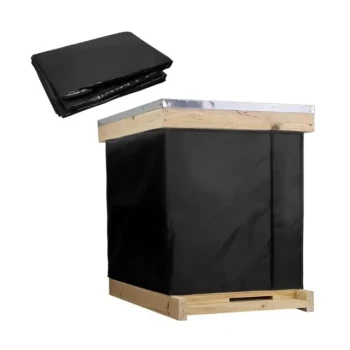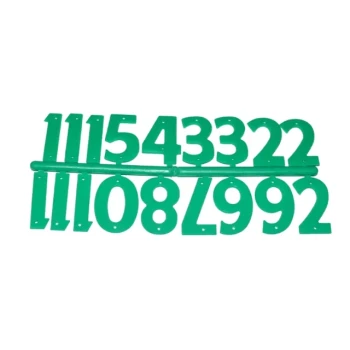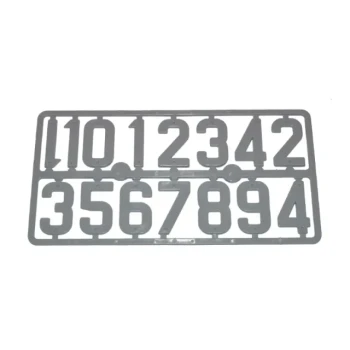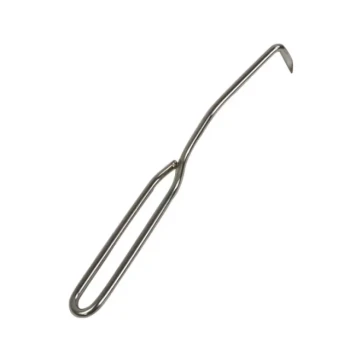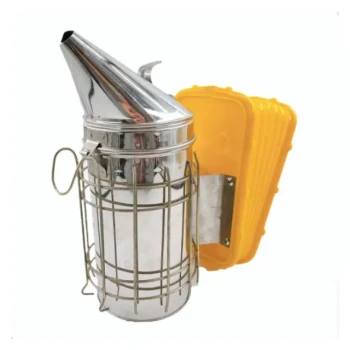Ant infestations threaten hive health, but traditional pesticides endanger bees. This guide reveals proven organic strategies to eliminate ants while protecting pollinators—using methods commercial apiaries trust for sustainable beekeeping.
Safeguarding Beehives from Ant Infestations
Ants exploit weak points in hive defenses, stealing honeydew and stressing colonies. Research shows that early intervention with non-toxic methods prevents over 80% of severe infestations.
Identifying Ant Entry Points and Colony Behavior
- Common access routes: Check for ant trails along hive stands, inner covers, or gaps in hive bodies. Most species forage within 100 feet of nests.
- Behavior patterns: Sugar ants raid hives at dawn/dusk; carpenter ants prefer moist wood. Track movement to locate satellite colonies.
Non-Toxic Barrier Systems for Hive Protection
Create physical defenses bees can navigate but ants cannot:
- Moats: Fill shallow trays with water and soap under hive legs (change weekly).
- Sticky barriers: Apply food-grade Tanglefoot™ to hive stands (renew monthly).
- Powder perimeters: Diatomaceous earth (DE) rings deter crawling insects without residue risks.
Pro Tip: Elevate hives at least 18 inches and prune surrounding vegetation to disrupt ant highways.
Manual Removal Techniques and Hive Hygiene
- Daily checks: Brush off ants with a soft hive tool; avoid crushing them near hives (releases pheromones).
- Deep cleaning: Sterilize equipment with vinegar solutions to erase scent trails.
Natural Ant Deterrents Approved for Apiaries
Commercial beekeepers prioritize EPA-exempt ingredients that repel ants but spare bees.
Selecting and Deploying Bee-Safe Ant Baits
- Borax-based formulas: Mix 1 part borax with 3 parts powdered sugar near trails (not inside hives). Worker ants carry bait to nests, eliminating queens within weeks.
- Liquid alternatives: Honey diluted with mint oil in external bait stations reduces hive intrusions.
Caution: Place baits at least 3 feet from hives to prevent bee contact.
Using Organic Repellents (Cinnamon, Diatomaceous Earth)
- Cinnamon oil: Wipe hive exteriors with a 5% solution—ants avoid its scent.
- Food-grade DE: Dust around hive bases; reapply after rain. Microscopic silica particles dehydrate ants but degrade harmlessly.
Did You Know? Cinnamon’s antifungal properties also help prevent chalkbrood disease.
Long-Term Prevention and Monitoring
Sustainable ant control requires adapting to seasonal risks and hive conditions.
Seasonal Maintenance Routines for Ant-Prone Areas
- Spring: Inspect hive stands for winter damage; apply fresh DE barriers before ant activity peaks.
- Summer: Monitor moisture levels—fix leaks that attract moisture-loving species.
- Fall: Clear fallen fruit and debris within 50 feet to reduce overwintering sites.
Integrating Ant Control into Hive Management
- Hive placement: Rotate apiary locations every 2–3 years to disrupt established ant territories.
- Record-keeping: Log infestation hotspots and effective treatments to refine protocols.
Protect Your Apiary with HONESTBEE’s Sustainable Solutions
Commercial beekeepers trust HONESTBEE’s wholesale beekeeping supplies for organic pest control. From diatomaceous earth to hive stands with integrated moats, our equipment helps distributors equip apiaries with bee-safe ant defenses. Contact us to stock proven tools that balance hive productivity and ecological safety.
Final Thought: Ants and bees have coexisted for millennia—strategic, non-lethal interventions maintain this balance while safeguarding your honey harvests.
Visual Guide
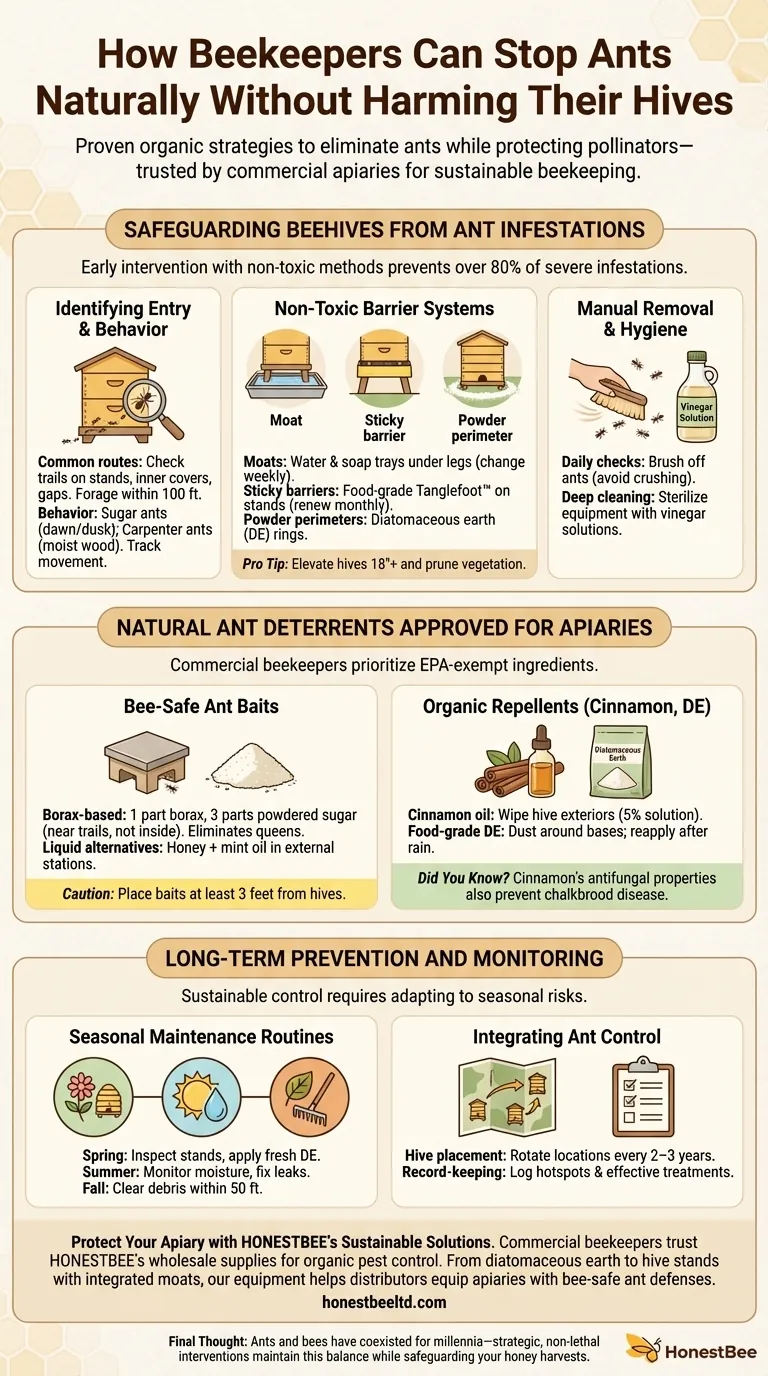
Related Products
- Wholesales Dadant Size Wooden Bee Hives for Beekeeping
- Long Langstroth Style Horizontal Top Bar Hive for Wholesale
- Langstroth Bee Hives Bee Keeping Box for Beginners Beekeeping
- Honey Flow Garden Bee Hive Flow Hive Best Beehive for Beginners
- Automatic Honey Flow Beehive 4 Frame Mini Hive for Beekeeping
Related Articles
- How to Choose Between Top Bar and Langstroth Hives for Effortless Beekeeping
- How to Choose the Best Beehive Type for Your Climate and Terrain
- How to Determine the Optimal Beehive Stand Height for Comfort and Efficiency
- Essential Beekeeping Equipment for Beginners: Functions, Selection, and Best Practices
- How Bee Jackets Outperform Full Suits in Hot Weather Without Sacrificing Protection






